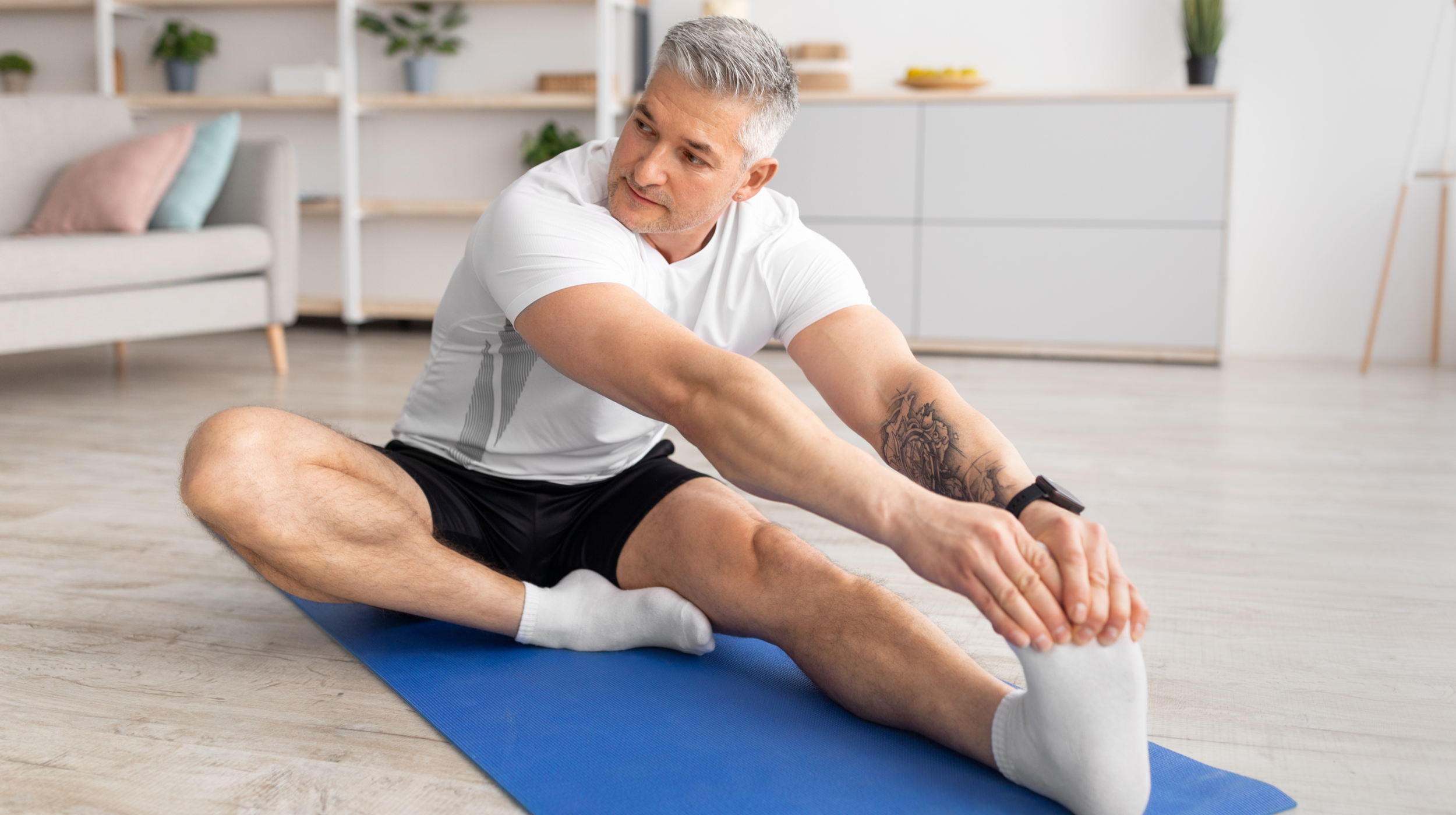What are the Best Workouts for Men Over 40?
Nov 5, 2021 mindpumpAs we get older our bodies don’t bounce back like they used to. With each decade that passes by we have to be a little more careful with our bodies and more efficient with our time. This doesn’t mean that we have to give up altogether though.
Rather than give a workout, I would like to provide some guidelines to maximize your workouts if you are over 40 and want to still train hard. If you want some exercise suggestions be sure to check out our article on the Top 3 Movements Anyone Over 40 Should be Doing.
Realizing Your Limitations
First I’d like to start off by saying your priorities are going to be completely different than they were when you were younger. Our recovery isn’t going to be as quick as it once was. We need to learn to take our time, and either ease back into the gym, or focus more on quality over quantity (more on this later). Our flexibility on our schedule might not be what it once was. Chances are you have obligations to your work, and family, and you can’t just drive off to the gym for 2 hours. Your hormones are changing. You no longer have the testosterone of a 25 year old, so the gains may not come as quick (but you can still add plenty of muscle). If you’ve been lifting for a long time, you probably racked up a nice amount of imbalances, and injuries along the way that have finally caught up to you.
While we may have all of these challenges, they don’t have to stop you. In fact, let them become motivators and focus on your workouts going forward.
How to Optimize Your Workouts In The Gym
Form Over Everything
You are a little older now. You no longer need to be going for 1 rep maxes on squats and deadlifts. There is nothing wrong with that. You don’t need to constantly test your max to get stronger. Studies have shown you can grow just as much muscle lifting 2-3 reps shy of failure. Take this time to focus on your technique. Let your muscles do the work through a full range of motion. Move slow and controlled, and really learn to connect with the muscle. If you’ve never followed this style of training before, you might actually find you grow more muscle than you ever have.
Prime Before Your Workouts
We all have incurred an injury or imbalance at some point in our lives. Let’s target these problem areas. If maximizing muscle growth is still your goal, you can’t achieve that without addressing these issues anyways. Use a priming session before your workout. A priming session is basically choosing 2-3 exercises for each problem area. These exercises consist of bodyweight, or very light weight movements that help activate lagging or weak areas.
For example, if I have low back issues, that may mean that my glutes aren’t firing properly (due to sitting all day). So before I start my squats, I may do some glute bridges, or fire hydrants to activate and connect with my glute, so that when I finally get into the squat, my body is now properly utilizing the glutes in the movement. If I don’t focus on priming, I’m just further ingraining bad movement patterns making that low back issue worse and worse.
Listen to Your Body
As mentioned before, we don’t need to be maxing out as much as we used to. We can get growth without it. What we need to be spending more focus on is listening to our bodies. How are you feeling that day? Did you get enough sleep? Are you stressed? Don’t do more than you have to at the gym. If you are feeling sluggish one day, maybe just focus on your priming exercises. You could also just focus on getting through a couple main lifts, and skip the isolation work and go home. There’s no need to force yourself to stay there over an hour because “that’s what the plan says”. We’re being wiser with our time. When you are 20 years old you can risk pushing it and injuring yourself. These days it’s just not worth paying that deductible.
Health Over Everything Else
Above all else, treat your body like a temple. Get good workouts where you stimulate the muscle without overdoing it. When you go home, refuel your body with minimally processed, whole foods, that will repair your muscle, and prepare you for the next day of lifting. Focus on high quality foods, and get 7-9 hours of sleep. Take any vitamins you may be deficient in. The more you focus on building a solid base of nutrition, the more you’ll be able to accomplish in the gym.







